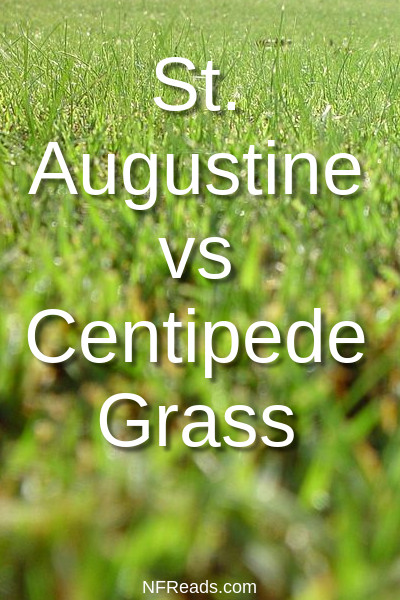
By Janine Soriano, Master of Science in Forestry, government environment researcher
It is said that the most planted crop in the US is grass. Not surprising when, apart from homes, they fill vast recreational facilities like golf courses and stadiums. Did you know that it took hundreds of years of trial-and-error and research to identify the perfect turf species for lawns? According to the USDA there are hundreds of native species in North America alone. This article will look at one native and one non-native species: St. Augustine and Centipede.
Centipede grass
Ermochola ophiuroides (Family: Poaceae) is named after the centipede insect which it resembles. While of Asian origin, it has proven its value as a turf species not only in the US mainland but also in Hawaii. It forms a dense sod that appears slightly coarse in texture. The evergreen leaf blades rarely grow more than 4 inches and are attached to short stolons. As for its environmental preferences, it cannot withstand drought but it likes full sunlight. It can also recover from mild winters. It prefers soils that are acidic and sandy, and thrives even in nutrient-deficient soils. Because it’s popular for landscaping, there are five cultivars that differ in color and hardiness.
How to care for Centipede grass
As a turf species, it performs well even with limited cultural requirements which makes it a great choice for home lawns. Growing it is easy via seed and vegetative reproduction using stolons and plugging. It only requires minimal watering until seeds germinate after a month. Once it establishes itself, mow to no lower than 2/3 of the height as it tends to regrow slowly. Have a soil test before using complete fertilizer, then apply moderate amounts. Maintain the acidity of the soil of about 5-6 pH to prevent chlorosis of leaves. Watering doesn’t need to be as frequent as other species, but only needed when leaves wilt.
St. Augustine grass
Known in the scientific world as Stenotaphrum secundatum of the Poaceae family, it is perennial, evergreen and mostly found in tropical regions of the world. The blades are dark green that develops into a thick sod through the stolons. It is sometimes mistaken for Centipede grass, but looking closely at the botanical features St. Augustine has a less pointed leaf apex and an opposite nodal attachment while the Centipede has alternate leaf arrangement. Stenotaphrum can thrive in a moderate shade under trees. Because it can create a coarse and dense cover on grounds, it can be used as a natural way to eliminate weeds and to conserve soil fertility.
How to care for St. Augustine grass
St. Augustine is a popular as it is easy to manage. To grow it on a yard, the most effective (albeit expensive) way is through sodding. Seeds have low survival. More recently, propagation using stolons from plugs and sprigs is available. The newly planted sods will grow roots faster if watered regularly. Fertilization must be kept at a moderate rate so that thatch will accumulate slowly. Mowing frequency differs among seasons. In summers, the turf must be regularly mowed but as winter approaches, mowing must be minimized to once a month. When mowed at a height of 4 inches, St. Augustine is particularly good for striping.
Which to choose for your lawn?
In choosing between the two grass species to grow on your lawn, it all boils down to the purpose of the lawn owner and personal preferences. Both Centipede and St. Augustine create a nice ground cover. But if you want a less intensive lawn care commitment, go with Centipede. St. Augustine is a better choice if you want to decorate your lawn with stripes. Consider also the climate, soil, hardiness zones and temperature of your location. Both species will perform best in a particular environment. Neglecting this factor will create gaps in your turf as a result of stress, or diseases might form that will make your lawn unattractive.